Smithsonian National Museum of American History
Being born in Washington, D.C. I have been going to the free Smithsonian museums all my life. The Smithsonian National Museum of American History is a personal favorite. It opened right before I was born, and in recent years my father worked at the museum.
Jump Ahead To
Overview
The National Museum of American History opened in 1964 as the Museum of History and Technology. The name of the museum was changed to the National Museum of American History in 1980. This reflected the primary mission to collect and study objects that reflect the experience of the American people.
The museum is all about telling stories through physical objects. For example, the Declaration of Independence is illustrated by the desk Thomas Jefferson used while it was drafted (the actual document is located a block down Constitution Avenue at the National Archives)
Like most Smithsonian museums, entrance to the National Museum of American History is free. The only exception is some movies that are shown in the Warner Bros Theater.
There are an estimated 1.8 million objects in the National Museum of American History. The archival collections are said to run more than three shelf-miles. This means displays rotate in and out on a regular basis.
We visit the National Museum of American History on a regular basis because there is always something new to see. You can go here to get an idea of the diverse exhibits that have been at the museum over the years.
For many years, major renovations were going on at the museum. It appears that most of these renovations are now complete and the dust has settled. However, before visiting it is good to check online to see what exhibits are currently open by checking the website here.
Location and Logistics
The Smithsonian National Museum of American History is located in the heart of Washington, D.C. on the National Mall that runs between the Washington Monument and Capital. Next door is the extremely popular National Museum of Natural History. In 2016, the National Museum of African America History and Culture opened on the other side of the museum.
Most visitors come to the museum via either the metro or driving. The museum is a short walk to the Washington Monument and White House so you can see those sites at the same time (the Washington Monument reopened in fall 2019 after being closed for three years so it may be crowded).
The Smithsonian Metro stop is in the center of the Mall a short distance from the museum. However, often we like to eat before or after, so we go to either the Federal Triangle Metro or the Archives-Navy Memorial-Penn Quarter stop. Both are a short walking distance to the Museum of American History and, unlike the Smithsonian Metro, they are located by many restaurants.
In recent years, we have driven into the District and parked in one of the many garages. We use the app SpotHero. This allows you to put in your destination and find all available parking spaces. Generally, a garage close to the museums will be about $20 for most of the day. If you are willing to walk further, you can find lower prices.
Overall, I consider central Washington, D.C. fairly easy and reasonable for transportation and parking. In order to have more time seeing sites I recommend paying a little extra to be close.
The Museum of American History has two entrances. The main entrance is right off the National Mall. This is the entrance you use if you are coming from the Smithsonian Metro. It leads you into the second-floor lobby in front of the Star-Spangled Banner exhibit.
If you drive or use one of the other Metro stops, you will likely come in the Constitution Avenue entrance on the opposite side of the building. This entrance is on the first floor by some of the most popular exhibits.
Either way you come in you will need to go through a security check. You need to go through a metal detector and have your bags examined. The lines at the Museum of American History tend to be much shorter than next door at the Natural History and African American Museums. We have never had to wait.
If you do come in the second-floor entrance from the National Mall take note of the Infinity Sculpture. This piece, dedicated in 1967, fascinated me as a child trying to understand the concept of something that goes on forever and never ends.
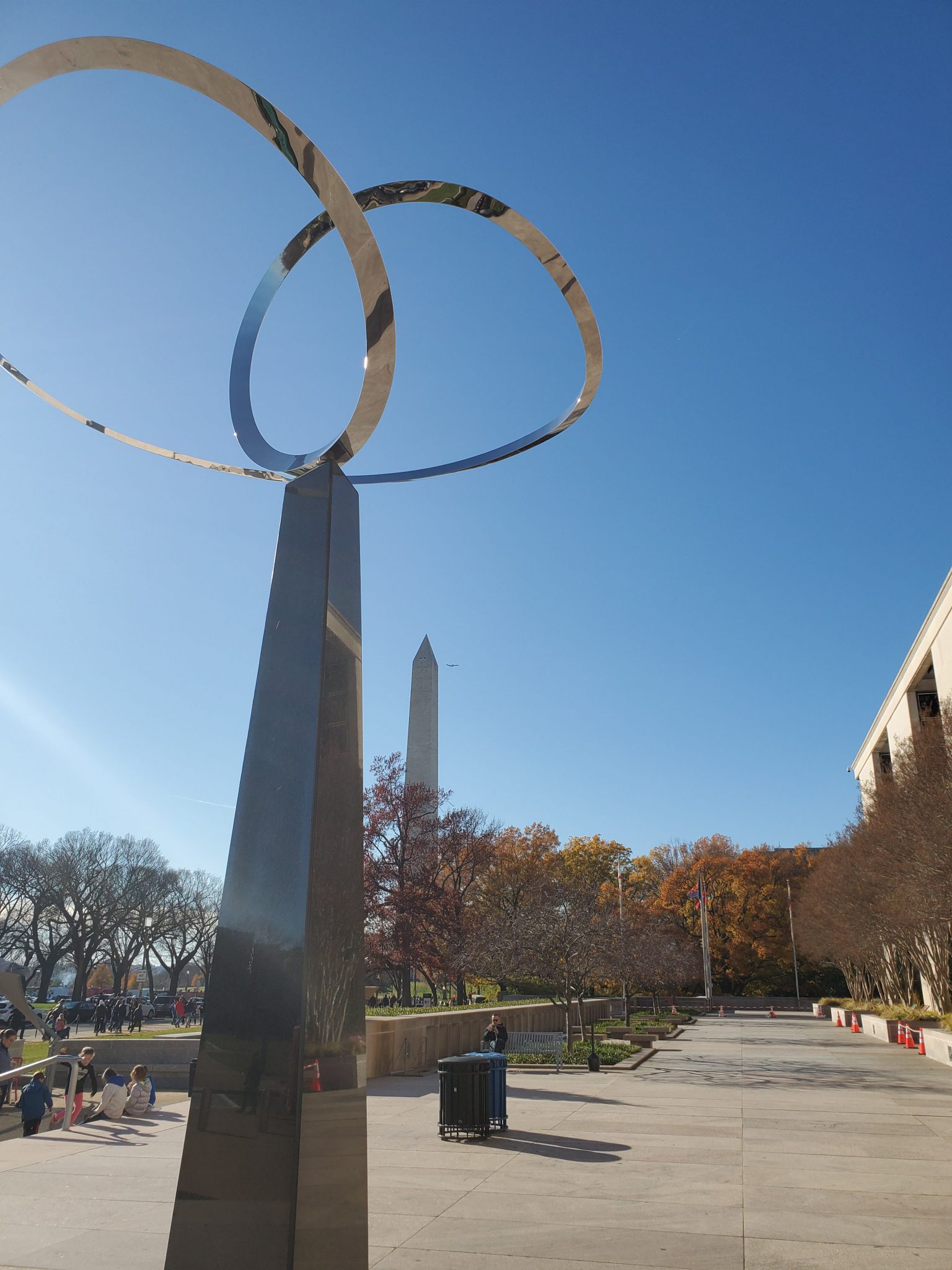
The Museum of American History has three main floors and a basement level where the dining options are located. Each level is divided into three sections: East, West and Center.
This is a museum all about physical objects, but in my mind, I think of the first level more about actual objects with the second and third floor using objects to represent ideas and important events. Of course, younger kids seem to gravitate towards the first floor.
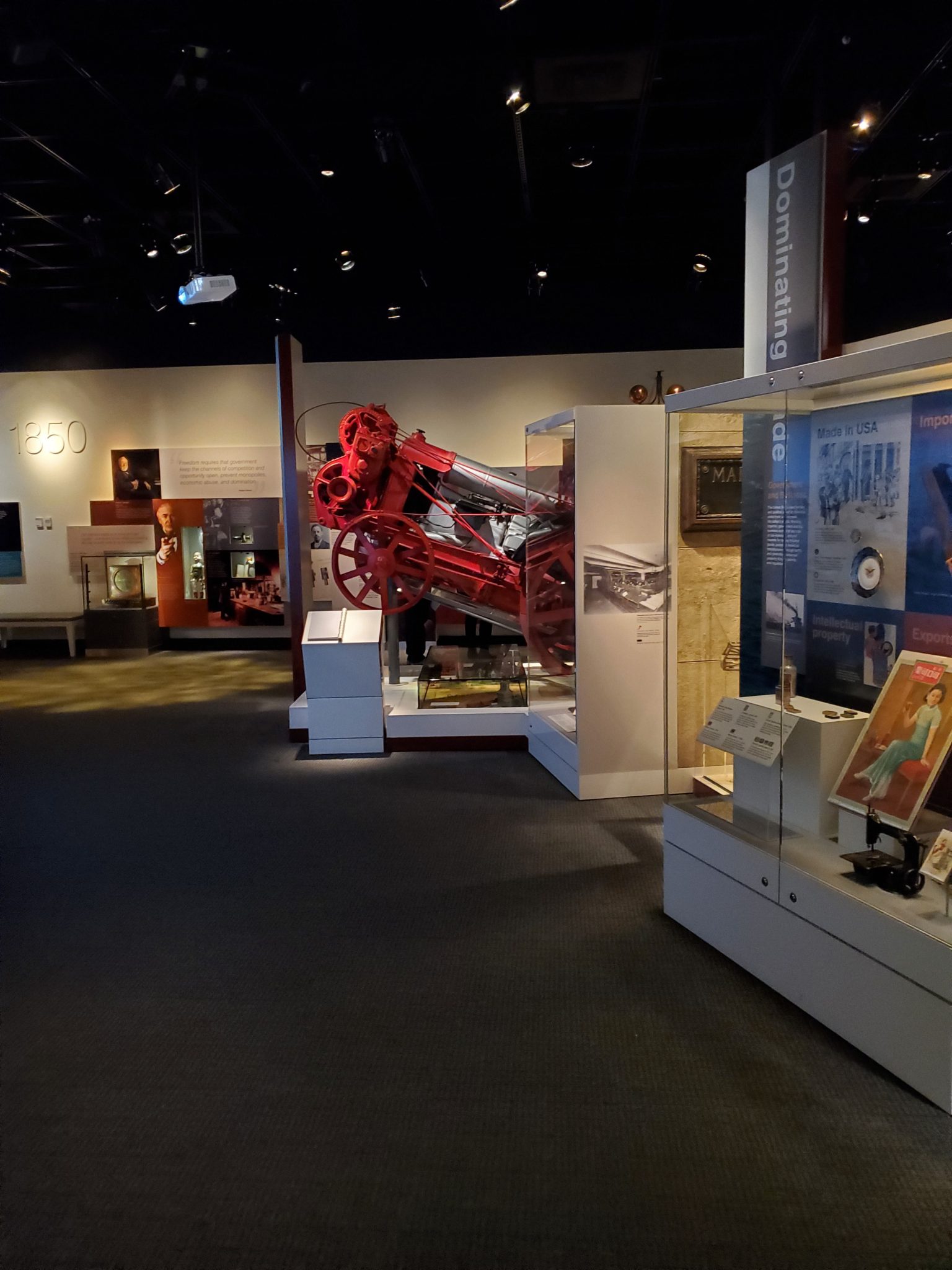
Exhibits
There are 1.8 million objects in the collection of the Museum of American History. This means many objects are not on display and popular objects can often be moved around. There are also temporary exhibits that regularly change.
We last visited in late November 2019. Several of the exhibits were closing in January 2020 so we will try and update when we get a chance to see the replacement exhibits.
To see what is currently on display you can go directly to the website.
You can also do a search for a specific object using the online search engine.
First Floor
Our family usually comes in the first-floor entrance from Constitution Avenue. However, even when we come in the main second-floor entrance off the Mall, our kids want to head downstairs.
The first floor is filled with all kinds of all cool stuff. In many cases these are modern items like a Nintendo Game Boy or the Instant Pot we use on a regular basis.
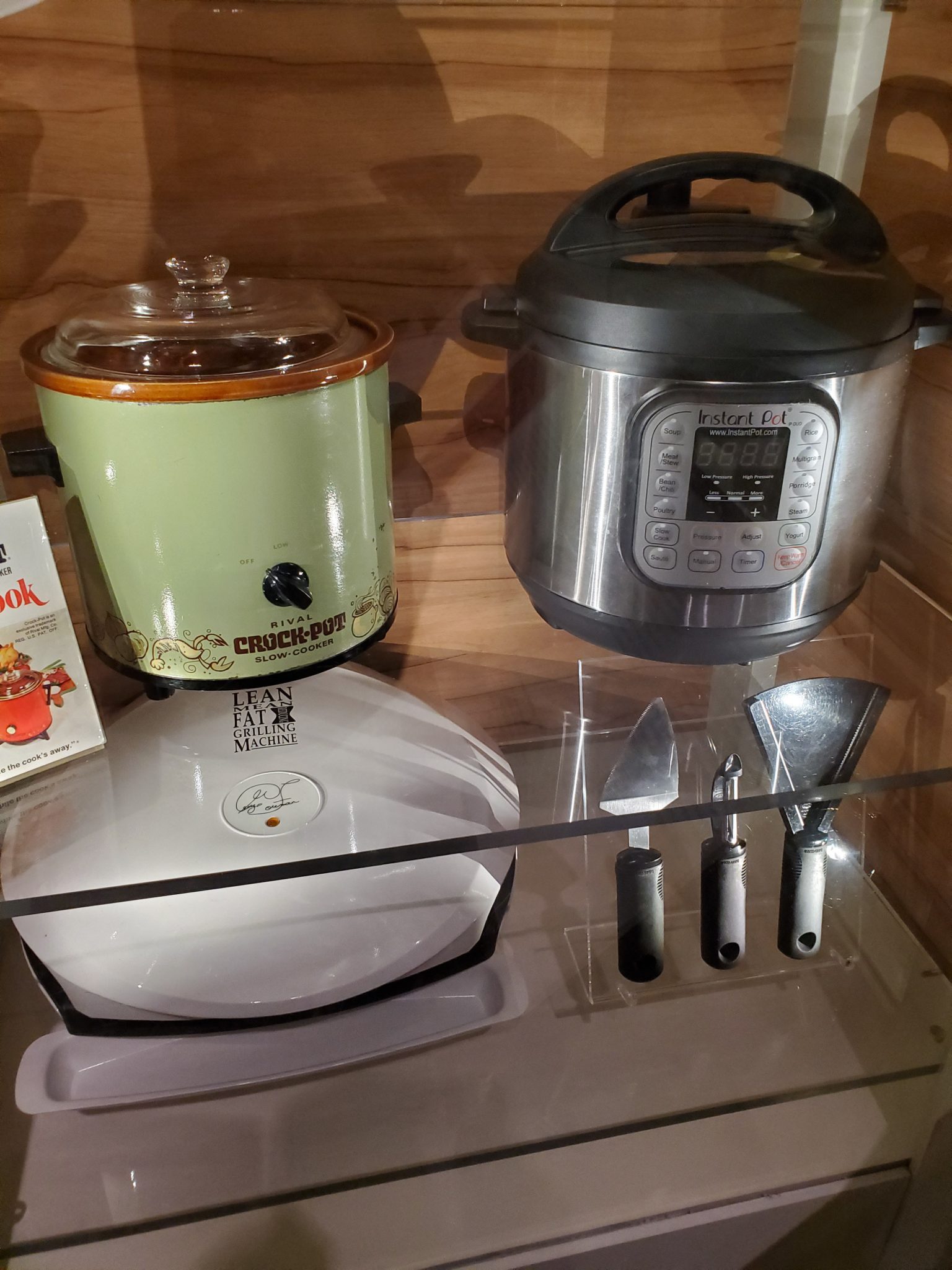
For fans of food and food-based television shows such as Top Chef the Food Exhibit will be a must visit. The highlight of this exhibit is the full kitchen Julia Child used in her television shows.
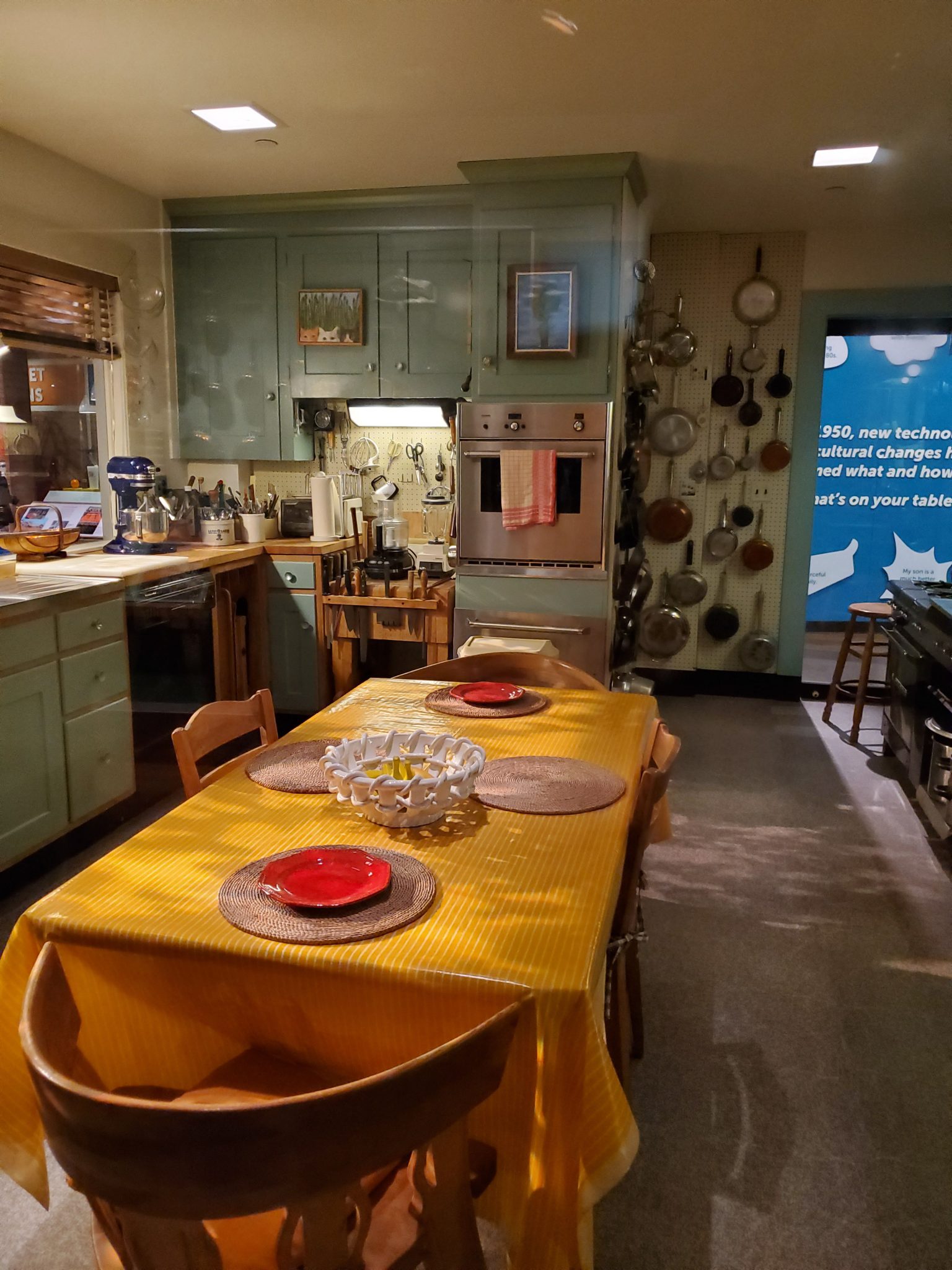

The Food exhibit is located in the East Wing which also includes the popular transportation exhibits, America on the Move and On the Water. America on the Move is one of the largest exhibits with a steam locomotive, a Chicago transit car and many cool vehicles.
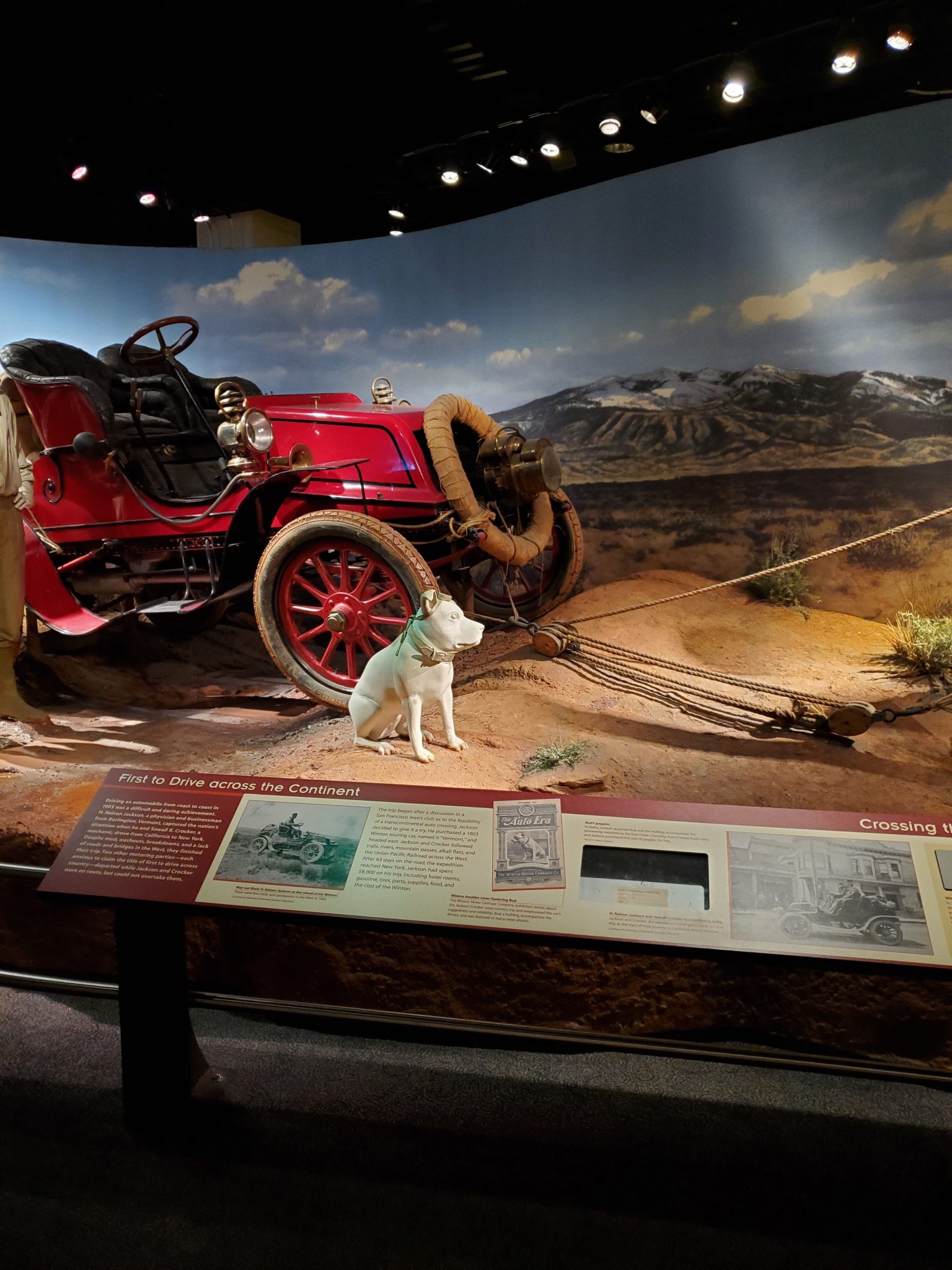
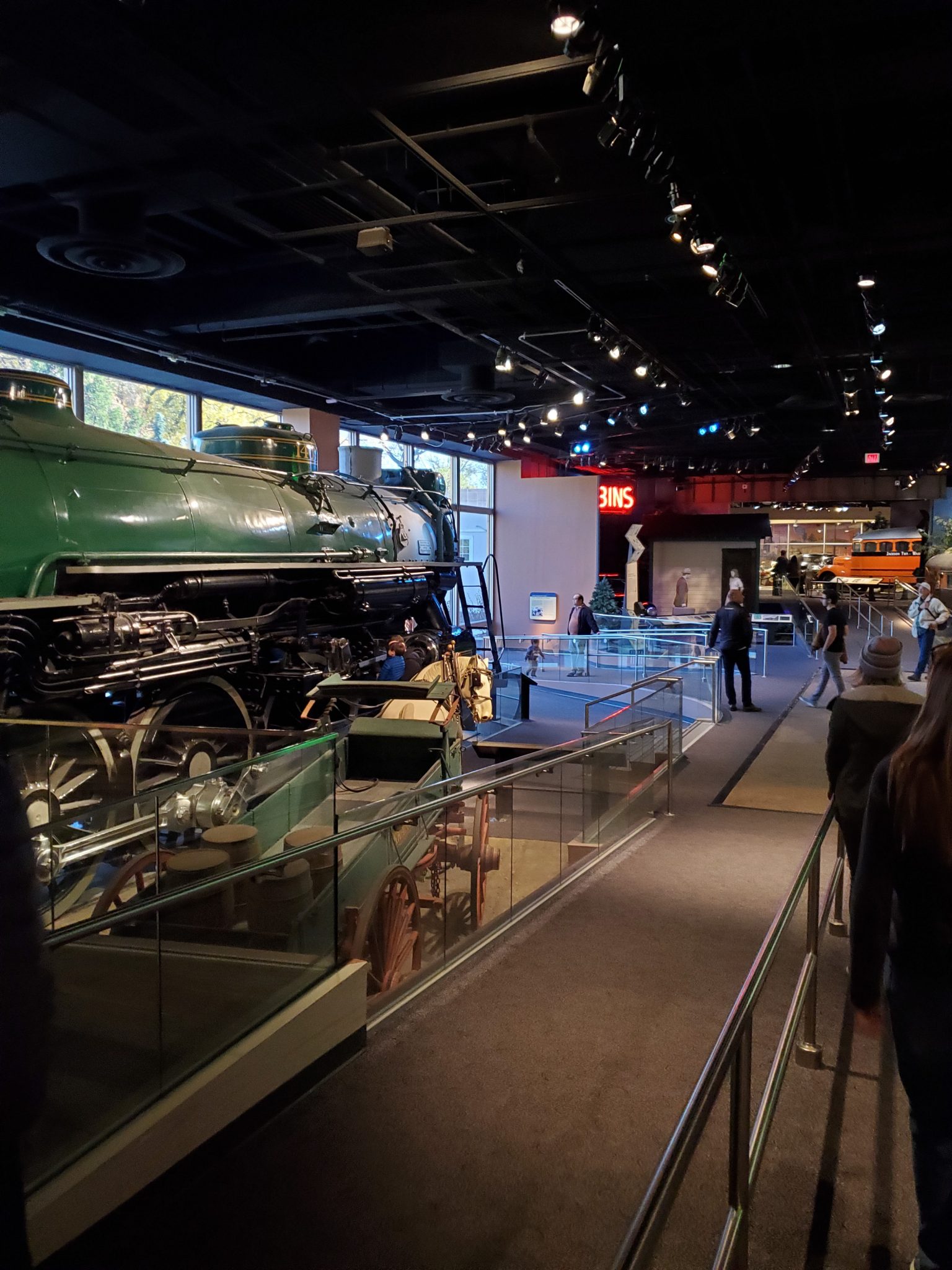
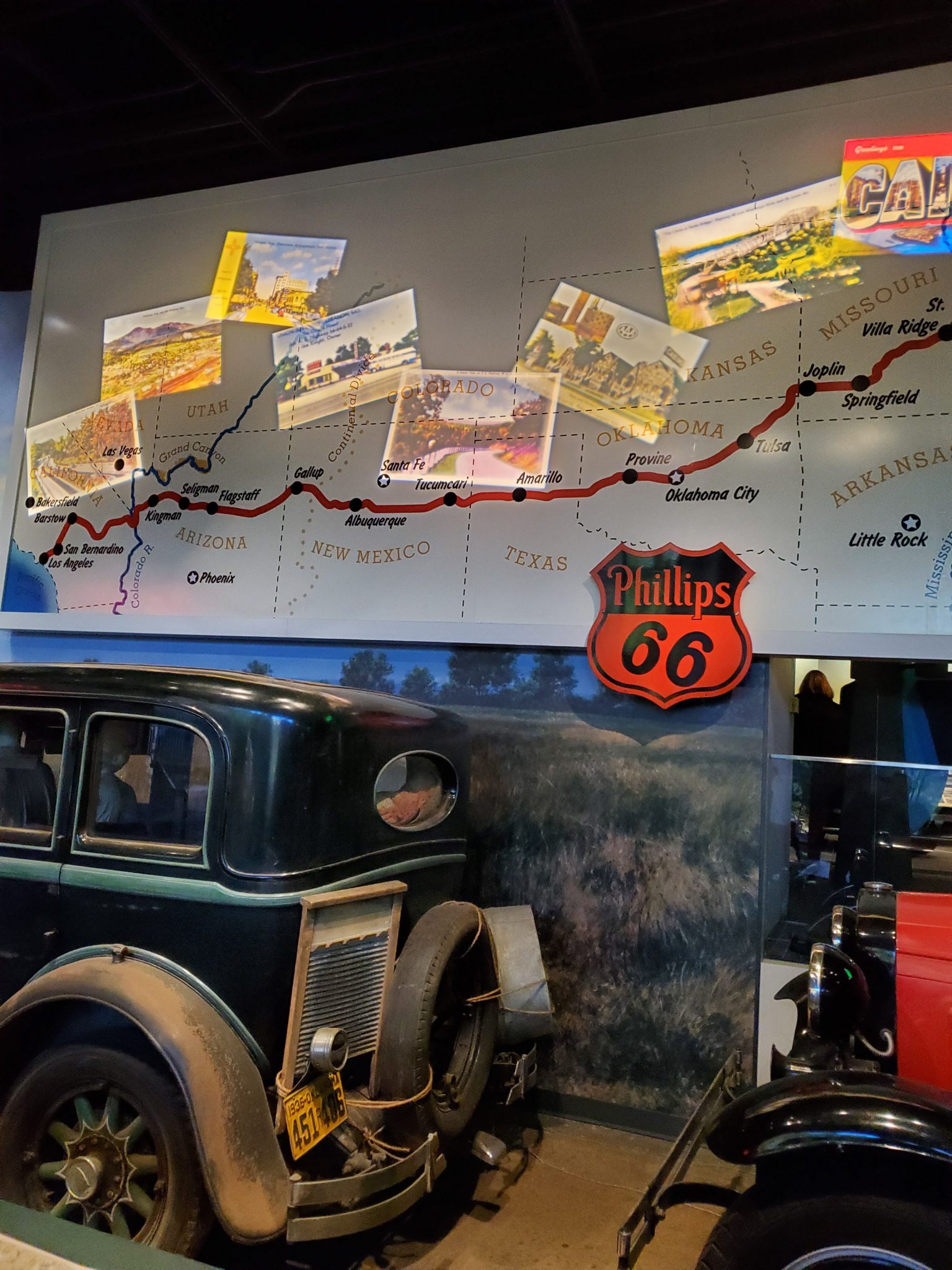

The center of the first floor tends to have rotating exhibits. At the end of 2019 there was a Superheroes exhibit that unfortunately was closing in January 2020.
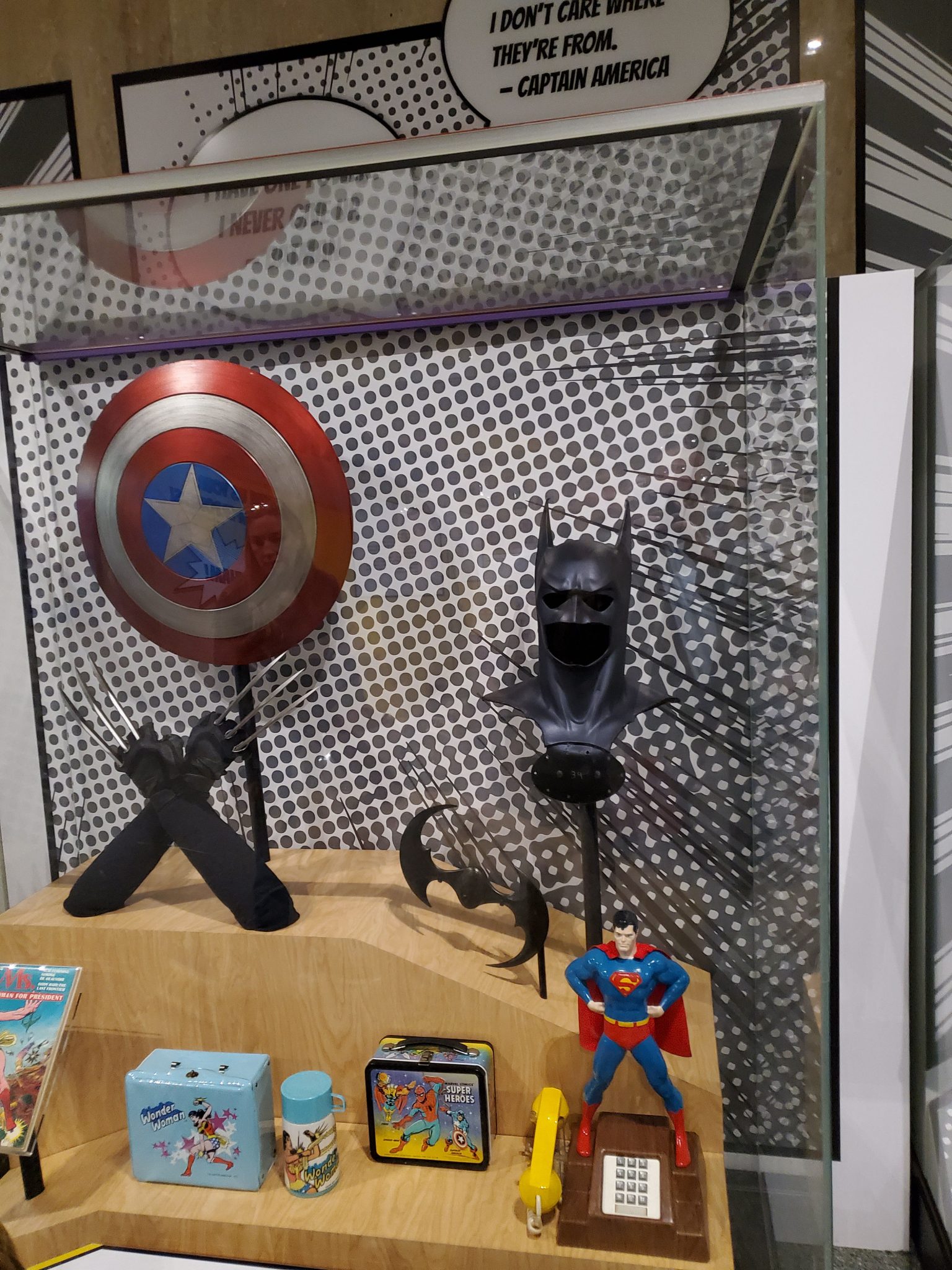
The first-floor West Wing has all kinds of stuff to see. This includes many classic American inventions and a look at technology.

Kids that love video games will love some of the items such as Ralph Baer’s Workshop. Baer is known as the inventor of the home video game. In 2010, my son and I got a sneak peak into the vaults of the museum’s large collection of video game machines (my dad was a museum volunteer).
The West Wing is also home to the hands-on workshops Spark!Lab and Wonderplace. Wonderplace has activities for kids under 6 and Spark!Lab is for older children.
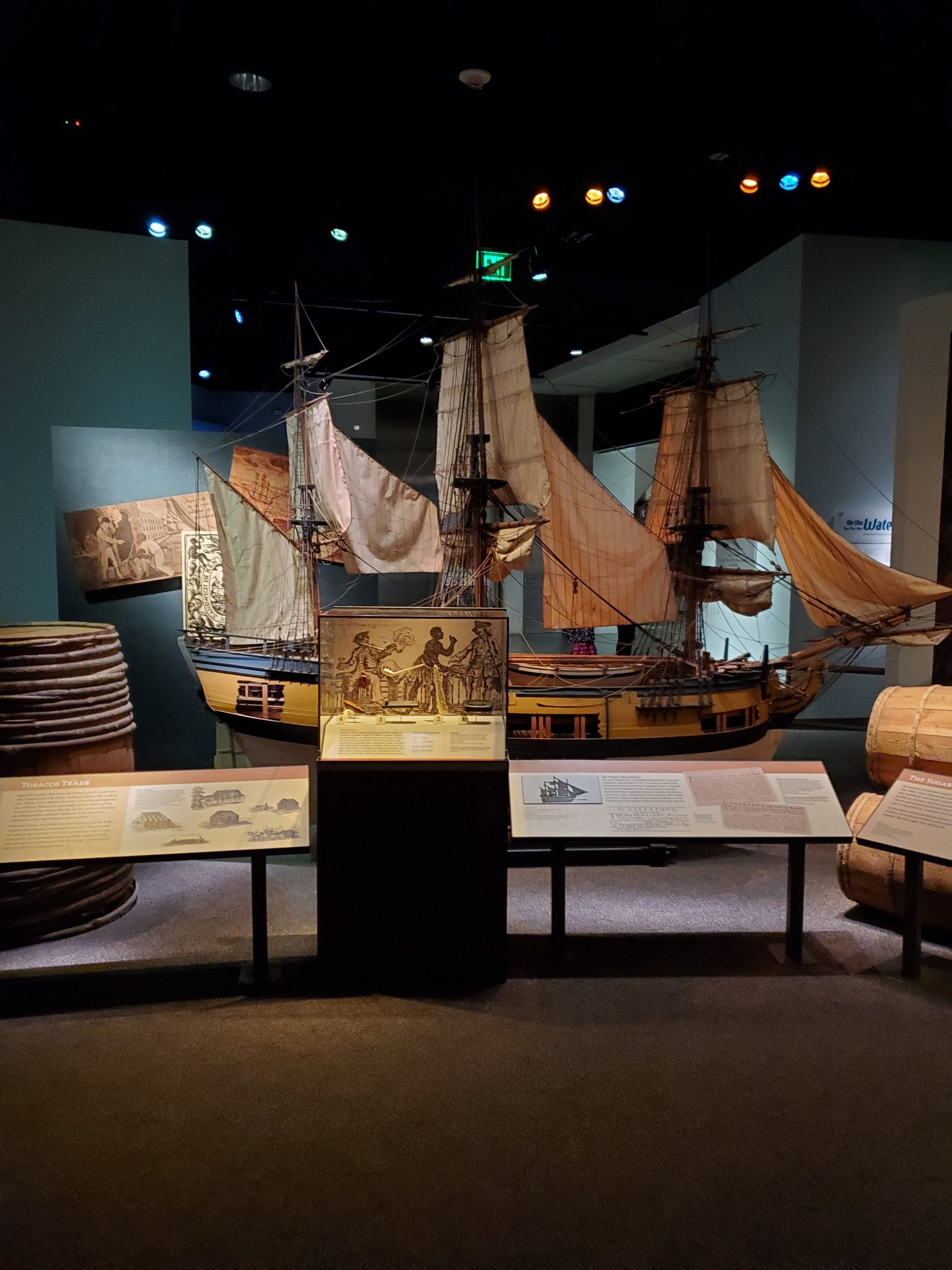
Second Floor
The centerpiece of the second floor is the Star-Spangled Banner exhibit directly in front of the main entrance. This exhibit showcases the actual flag that flew at Fort McHenry in 2014 and gave Francis Scott Key the inspiration for writing the National Anthem. We did a separate visit to Fort McHenry about an hour away in Baltimore.
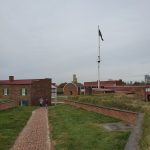
For years the Star-Spangled Banner actually hung here in the lobby. However, the flag started to deteriorate and had to go through major restoration. We visited several times to watch the multi-year restoration process. The flag is now restored and is on display in a dark chamber with no photography allowed. Almost everyone is impressed by how massive the actual flag is (30 by 42 feet).
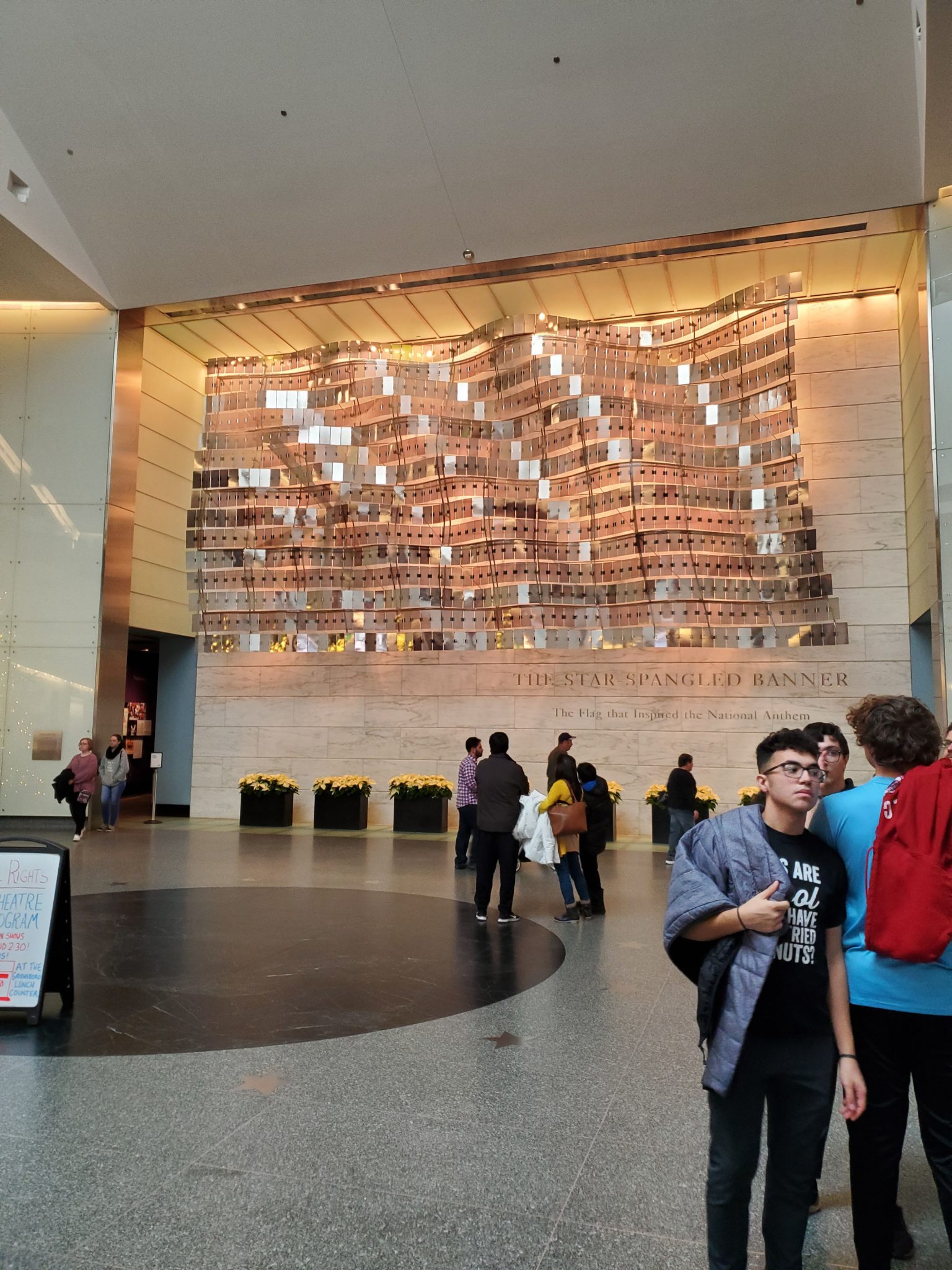
Also, in the center court by the entrance, was the new Illegal to Be You: Gay History Beyond Stonewall exhibit. This exhibit focused on LGBQT+ history.

The East Wing of the second-floor is dedicated to temporary exhibits. On our visit at the end of 2019, they were getting ready to bring in new exhibits for 2020.
The West Wing of the second-floor has more insightful looks at issues facing America over the years. These exhibits focus on American people and ideas.
The center section of the wing is highlighted by an 1840 George Washington statute and the Greensboro Lunch Counter. The counter is from a North Carolina Woolworth’s where in 1960 four African American students sat and demanded service at a “white’s only counter.”
American Democracy focuses on the changing political ideas in America. This includes items such as Thomas Jefferson’s desk on and the inkstand Abraham Lincoln used to write the Emancipation Proclamation.
Many Voices, One Nation focuses on the cultural diversity of America. The objects start with an iron helmet similar to those worn by explorers in the 15th and 16th century. It goes up to present day including a 1970s helmet used by Boston Red Sox Carl Yastrzemski (there are many items other than helmets).
Within these Walls has a reconstructed 200-year-old house located 30 miles north of Boston. It tells the story of five families that lived there over the years.
Third Floor
The center of the third-floor focuses on American Presidents and First Ladies. These exhibits are quite popular and the items on display change frequently. For example, many years ago there was a full exhibit on Abraham Lincoln.
The one popular constant is the exhibit of the gowns worn by many of the First Ladies.
The East Wing focuses on America at War. This starts with the gunboat Philadelphia which was sunk by the British in the early days of the Revolutionary War in 1776. It was recovered from the bottom of Lake Champlain, NY in 1934.
The Price of Freedom: America at War exhibit features items such as George Washington’s sword up to Colin Powell’s uniform from Desert Storm.
Much of the third floor West Wing is not open to the public. However, a highlight is the ruby glass slippers Judy Garland wore in the Wizard of Oz. Other displays in this area focus on important items from American Culture.
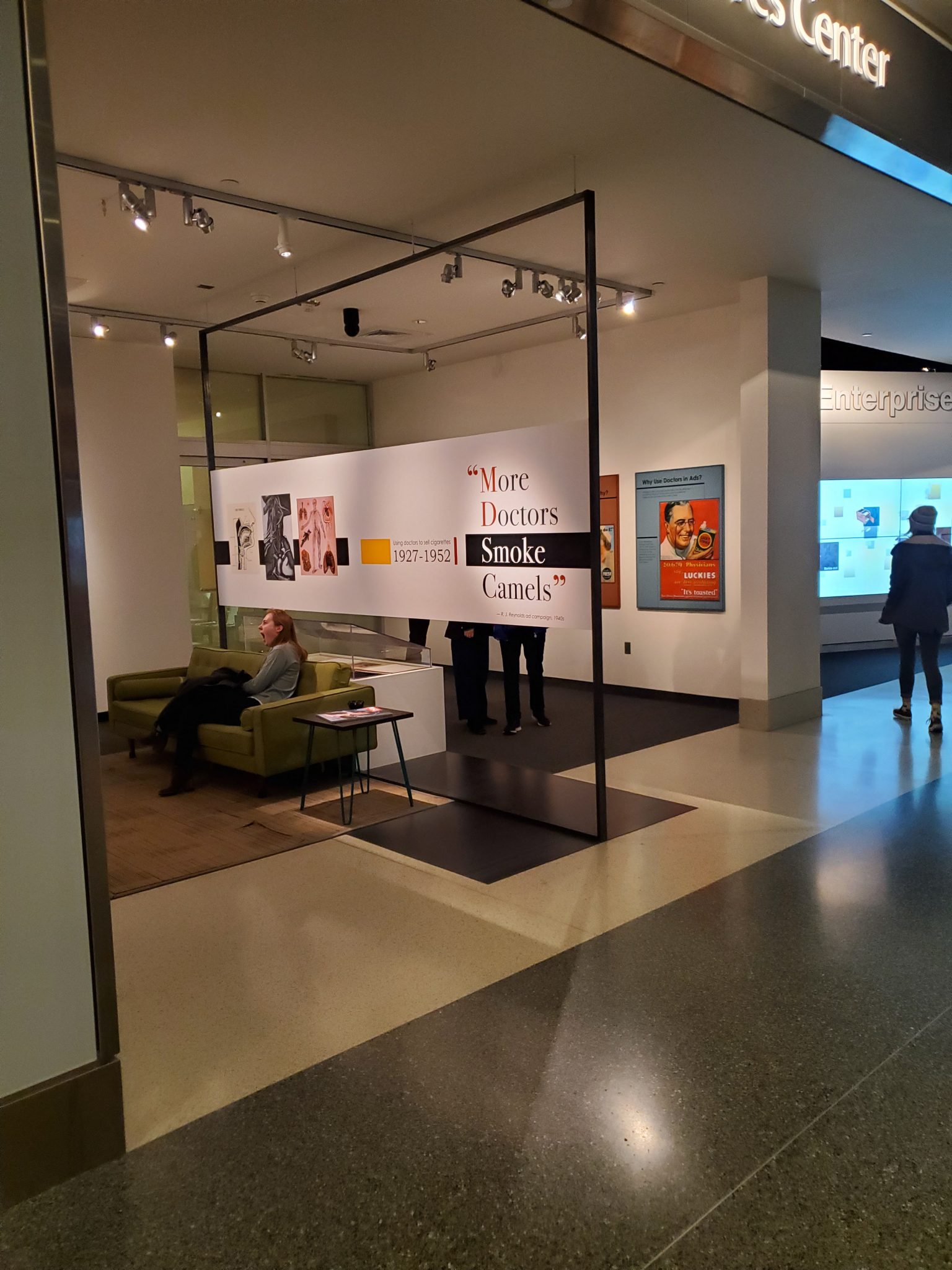
Dining and Shopping
Planning where to dine is crucial to a successful Smithsonian visit. This is especially true when you have young children.
Unfortunately, there are very few restaurants in the heart of the National Mall. Every major Smithsonian museum has its own dining area. The only other option are food trucks that line the entrance to the museums.
Over the years we try and plan our visits so we can walk off the mall for food. Our favorite is the Potbelly Sandwich Chain which has multiple locations a few blocks from the mall. However, leaving the museum area can take a lot of time and sometimes it is best to eat at the museum. We have done that on many occasions for convenience.
Generally, the museum food will be expensive and mediocre. Our favorite museum dining option is Mitsitam Café the National Museum of the American Indian. This is located right by the Air and Space Museum but a significant walk from the Museum of American History
The dining options at the Museum of American History include the LeRoy Neiman Jazz Café on the first floor and the larger Eat at America’s Table Café in the basement. We have eaten at both but not in recent years. Eat at America’s Table is massive seating up to 600 people.
We try to actively avoid having to eat at the museums, but we visit these museums frequently. For most Washington D.C. visitors time will be in short supply. If you want to make the most of your time it is best to just grin and bear it and eat at the museum you are visiting.
DC Eater has a guide to restaurants near the Smithsonian museums. We have eaten at many of these places. However, the only one actually on the mall is the Sweet Home Café at the new National Museum of African American History and Culture. This museum is right next door to the Museum of American History. However, it is incredibly crowded and dining here is really not an option unless you are visiting the museum (which requires a timed ticket).
Shopping at Smithsonian museums tends to be much more exciting than dining. The Museum of American History has a shop on each floor with the main shop on the first floor. There are all kinds of cool items for sale at the shop as well as many great books on American history.
Fun Diego Family has deep roots in Washington, DC. I was born at George Washington University Hospital a few blocks from the White House. For 25 years my parents lived in Rosslyn by the Key Bridge and Arlington Cemetery. My brother and family lives in Vienna, Virginia.
As regular visitors to the area we are doing guides to the places that our family likes to go to when we visit. The places we are covering are attractions our family ask to return to on a regular basis. They come highly approved.
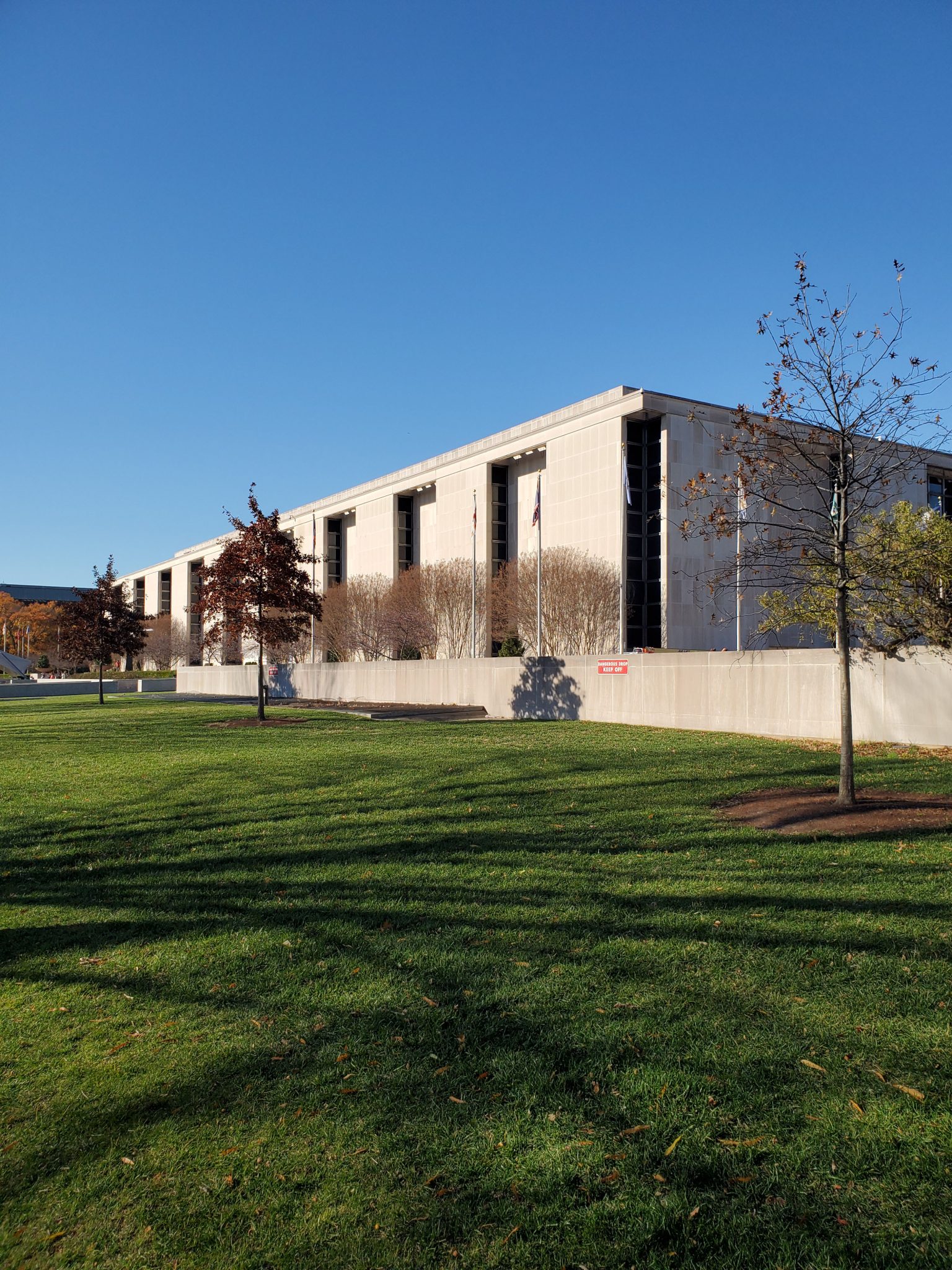
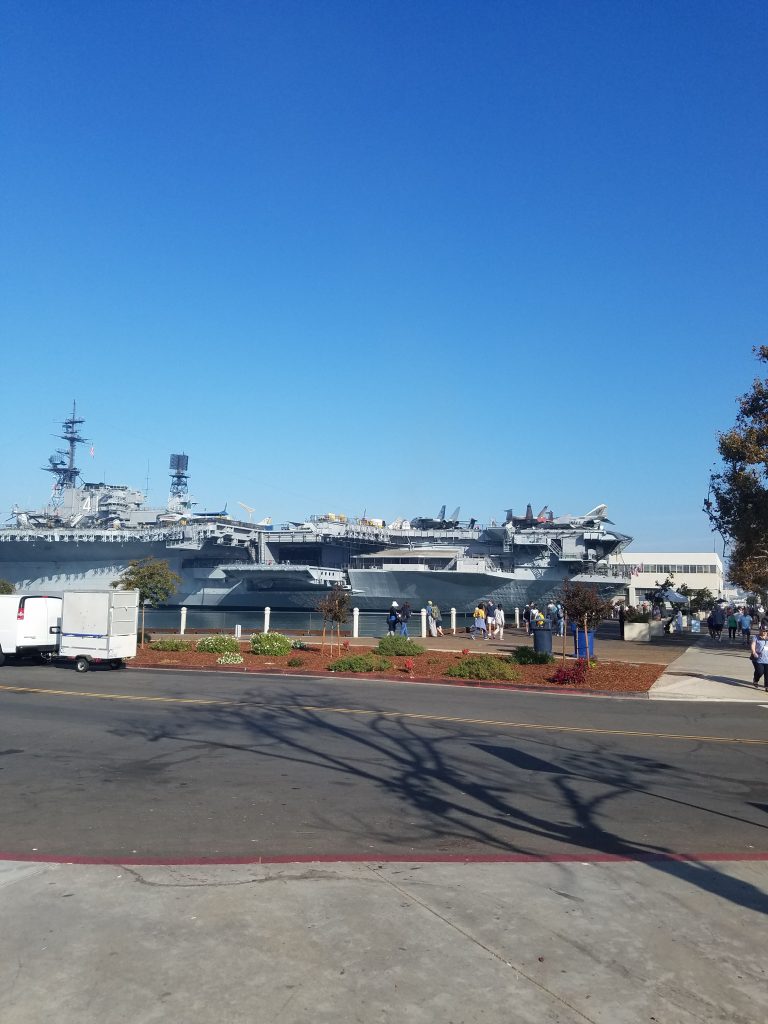
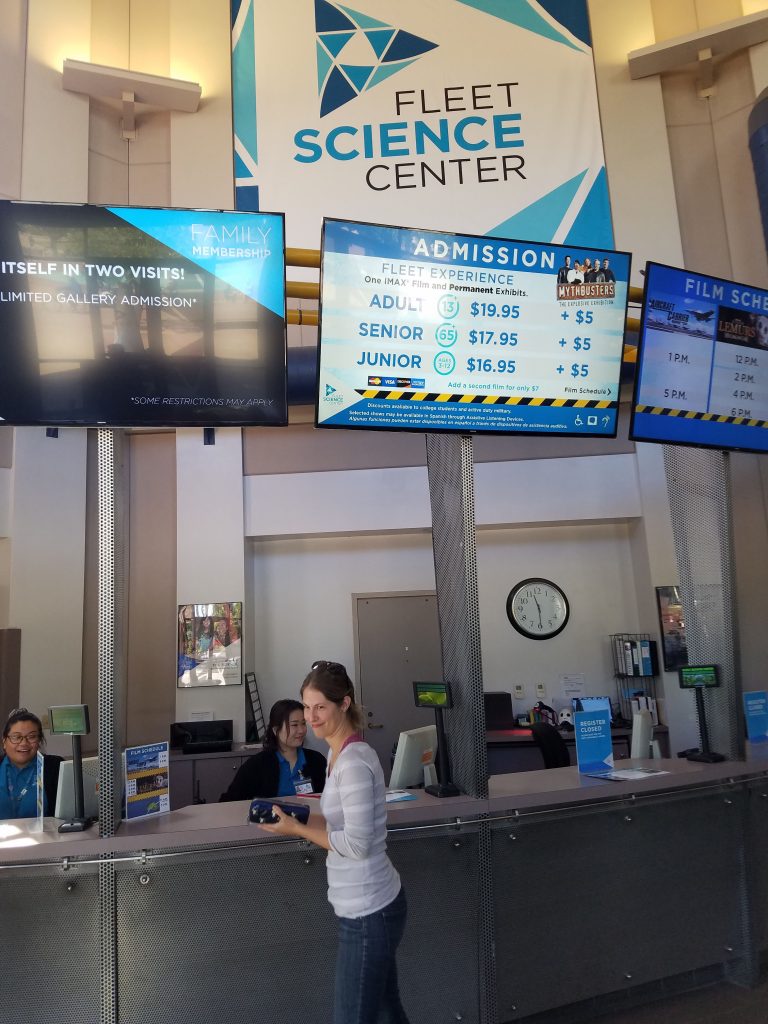
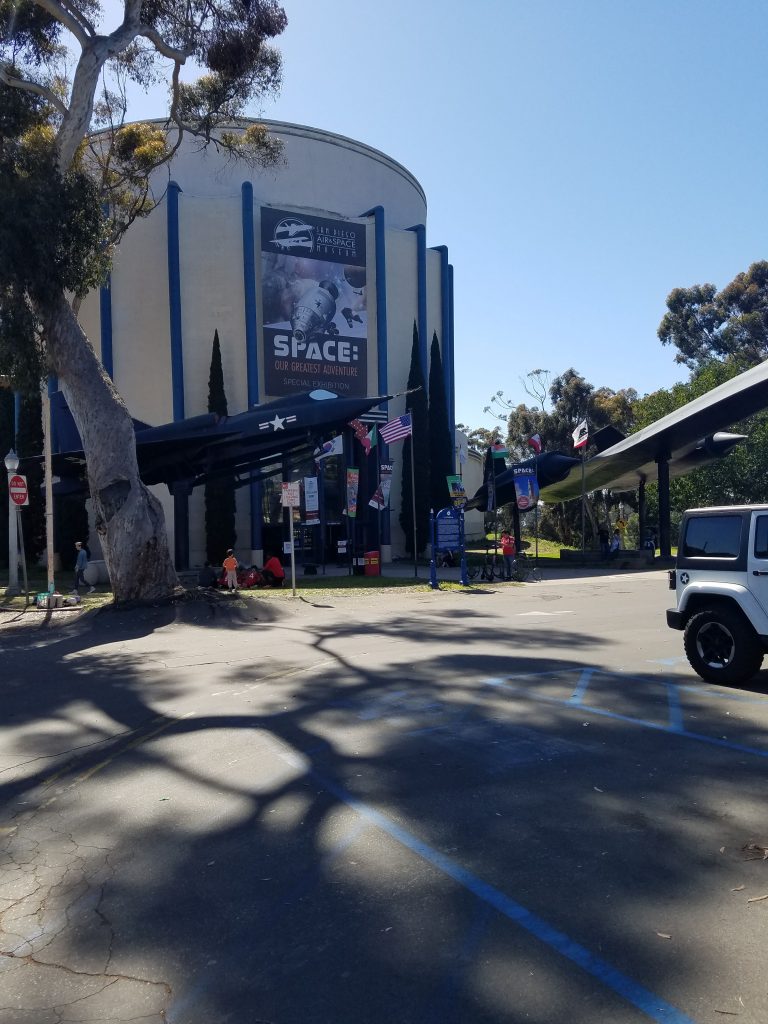
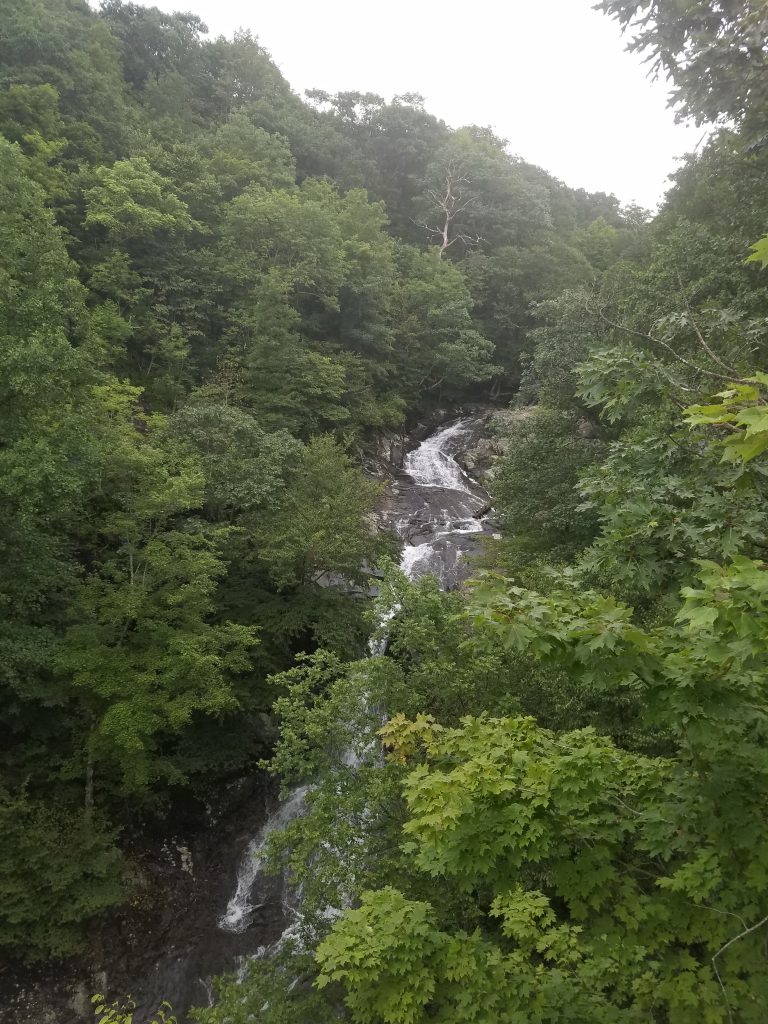
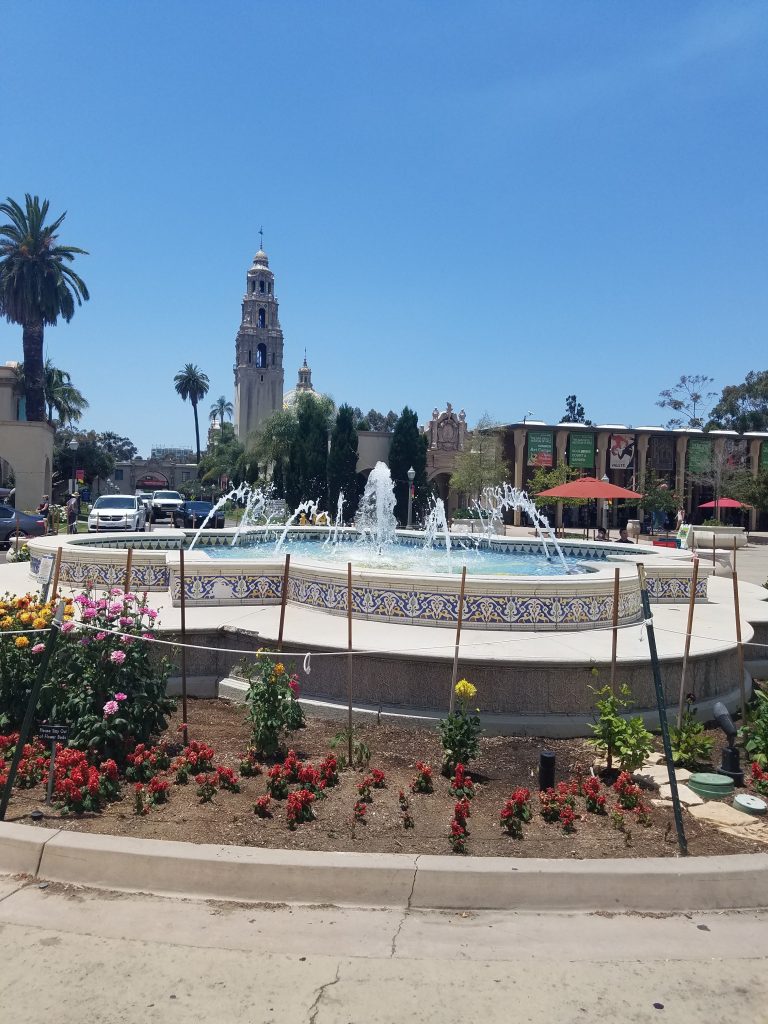

One Comment
Comments are closed.